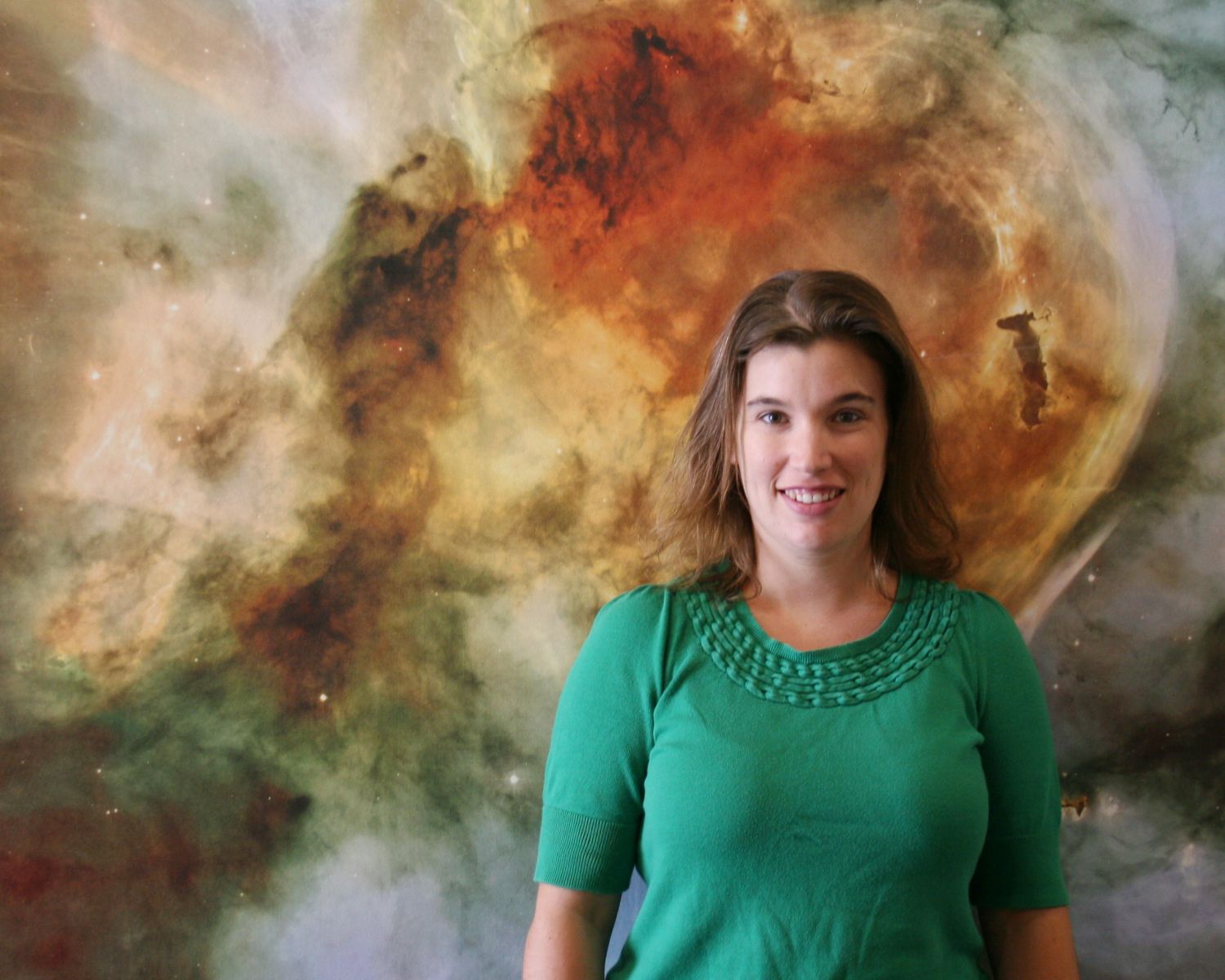
Some of the most intriguing questions in cosmology today relate to the earliest epochs of the universe: the inflationary epoch and the epoch of reionization. Measurements of the Cosmic Microwave Background (CMB) have provided important information about the physics of our universe and many breakthroughs have occurred in recent years shedding light on inflation; however, measurements of the inflation itself have yet to be made.
The epoch of reionization, in contrast, is as yet largely unexplored and many basic questions remain open such as: When did reionization occur? What was the duration of reionization? And what sources caused reionization? Despite their differences, these two epochs can be studied by similar instrument techniques. I am working to leverage instrumental breakthroughs developed to study the CMB to probe the epoch of reionization.
I will discuss a new technique and a new instrument, TIME-Pilot, specifically designed to study the epoch of reionization with a novel line intensity mapping technique that leverages mm-wavelength technology developed to study the CMB. This cryogenic instrument is a pathfinder for a new technique for studying the EoR through intensity mapping of the 157.7 um ionized carbon ([CII]) emission line. Specifically it is designed to detect [CII] clustering fluctuations and test the predicted [CII] amplitudes of faint emission from the earliest dwarf galaxies.
I will also describe the ongoing work in the CMB community to probe inflation and other fundamental physics and specifically my work on the South Pole Telescope. I will present our recent results from the 100 square degree survey (the first year of data) focusing on the high signal-to-noise measurement of the E-mode and temperature-E-mode correlation CMB power spectra, and B-mode power spectra, and measurements of the gravitational lensing potential and discuss the progress towards future results that constrain theories of inflation.